Clear Whey vs. Whey Protein: What’s the Difference?

When it comes to protein supplements, whey protein has long been a popular choice among fitness enthusiasts, athletes, and health-conscious individuals. However, a newer option known as clear whey protein has emerged, offering a lighter, more refreshing alternative. But what exactly is the difference between clear whey and traditional whey protein? Let’s break it down.
What Is Whey Protein?
Whey protein is a byproduct of cheese production, derived from milk. It’s an excellent source of high-quality protein containing all nine essential amino acids, making it a complete protein. Whey protein is typically available in three main forms:
Whey Concentrate: Contains around 70-80% protein, with some fat and carbohydrates.
Whey Isolate: A more refined form with 90% or more protein and minimal fat and carbs.
Whey Hydrolysate: Pre-digested for faster absorption and often used in medical protein supplements.
Traditional whey protein is creamy and often comes in flavors like chocolate, vanilla, or strawberry. It’s ideal for post-workout recovery, muscle building, and overall protein supplementation.
What Is Clear Whey Protein?
Clear whey protein is a newer version of whey isolate designed to be lighter and more hydrating. Unlike traditional whey, it’s clear and more like a juice when mixed with water, rather than thick and creamy. It’s perfect for those who prefer a refreshing drink over a milkshake-like consistency.
Clear whey protein is made by further refining whey isolate to remove additional fats, carbohydrates, and lactose. This process gives it a translucent appearance and a lighter texture, while still providing all the benefits of high-quality protein.
Key Differences Between Clear Whey and Traditional Whey Protein
1. Appearance and Texture:
-
Clear Whey: Light, translucent, and juice-like when mixed with water.
-
Traditional Whey: Creamy, opaque, and milkshake-like.
2. Flavor Options:
-
Clear Whey: Typically comes in fruity flavors like peach, pineapple, or lemonade.
-
Traditional Whey: Commonly available in dessert-inspired flavors such as chocolate, vanilla, and cookies & cream.
3. Digestibility:
-
Clear Whey: Often easier to digest, especially for those sensitive to lactose.
-
Traditional Whey: May cause bloating or discomfort in some individuals due to its creamier texture and higher lactose content (depending on the type).
4. Use Case:
-
Clear Whey: Ideal as a refreshing protein boost during the day or pre/post-workout. It’s particularly appealing during warmer months or after intense exercise.
-
Traditional Whey: Best suited for post-workout recovery or as a meal replacement when mixed with milk or other ingredients.
Nutritional Similarities
Despite the differences in texture and taste, both clear whey and traditional whey protein offer similar nutritional benefits, including:
-
High protein content to support muscle repair and growth.
-
Essential amino acids for overall health and recovery.
-
Low fat and carbohydrate content, depending on the specific product.
Which One Should You Choose?
The choice between clear whey and traditional whey protein ultimately depends on your personal preferences and dietary needs:
-
Choose Clear Whey If: You prefer a light, refreshing drink and want to avoid the creamy texture of traditional whey. It’s also a great option if you’re lactose-sensitive or looking for something hydrating post-workout.
-
Choose Traditional Whey If: You enjoy creamy, dessert-like protein shakes or are looking for a more versatile option to blend into smoothies or recipes.
The Bottom Line
Both clear whey and traditional whey protein are excellent sources of high-quality protein, but they cater to different tastes and lifestyles. Whether you’re sipping on a fruity clear whey post-workout or blending up a classic chocolate whey shake, the key is to choose what works best for your preferences and goals.




